News


News

The Evolution and Importance of Waterproof Power Connectors
Release time:2024-04-10
viewed:1239
In today's rapidly advancing technological landscape, where industries are continually pushing the boundaries of innovation, the demand for robust and reliable electrical connections has never been more critical. Among the many crucial components that facilitate seamless power transmission, waterproof power connectors stand out as indispensable assets, particularly in environments where moisture, dust, and other environmental factors pose significant challenges.
This article embarks on a comprehensive exploration of the evolution and importance of waterproof power connectors. From their humble beginnings to their sophisticated modern iterations, these connectors have undergone a remarkable transformation, driven by the ever-evolving needs of various industries, including but not limited to automotive, aerospace, marine, and renewable energy.
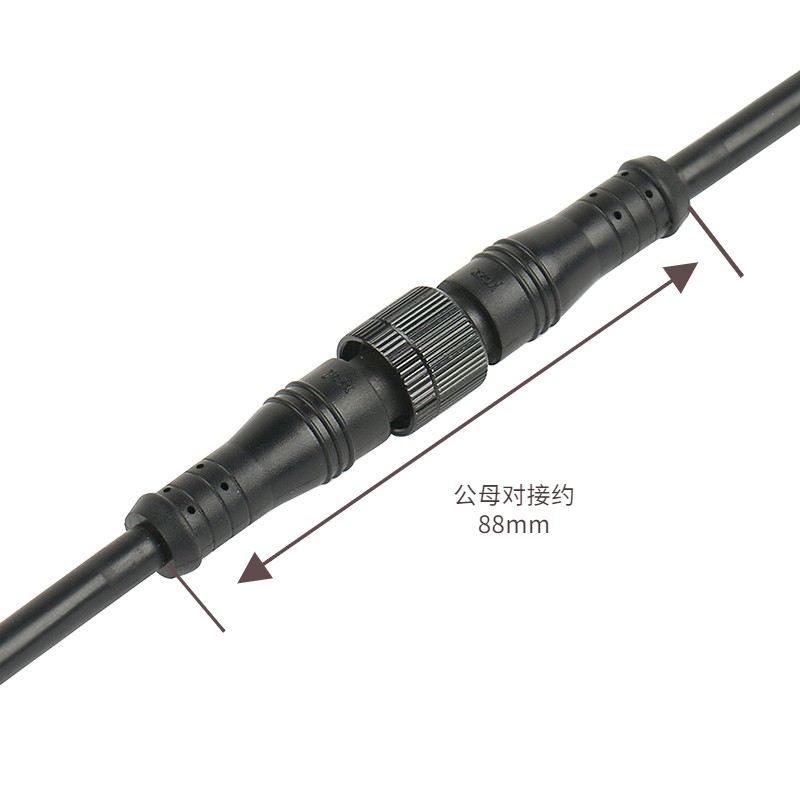
By delving into the historical context, technological advancements, and diverse applications, we aim to unravel the multifaceted significance of waterproof power connectors in today's interconnected world. Furthermore, we will examine the pivotal role they play in ensuring the safety, efficiency, and longevity of electrical systems operating in harsh and unpredictable conditions.
Join us on this enlightening journey as we unravel the intricacies of waterproof power connectors, deciphering their evolution from mere conduits of electricity to indispensable enablers of progress and innovation.
A waterproof power connector is a type of electrical connector designed to provide a secure and waterproof connection between power sources and devices. These connectors are commonly used in outdoor, marine, automotive, and industrial applications where exposure to moisture, water, dust, or other environmental factors is a concern.
Waterproof power connectors typically feature special seals or gaskets that prevent water and other contaminants from entering the connection point, thereby protecting the electrical components and ensuring reliable performance even in harsh conditions. They often have rugged construction to withstand mechanical stress and environmental hazards.
These connectors come in various shapes, sizes, and configurations depending on the specific application requirements, such as voltage rating, current capacity, and environmental protection standards. They are commonly used in outdoor lighting, marine electronics, automotive electronics, outdoor power tools, and other outdoor or industrial equipment where moisture protection is essential.
The historical evolution of waterproof power connectors reflects advancements in electrical engineering, materials science, and manufacturing processes. Here's a chronological overview:
1. Early Electrical Connections:
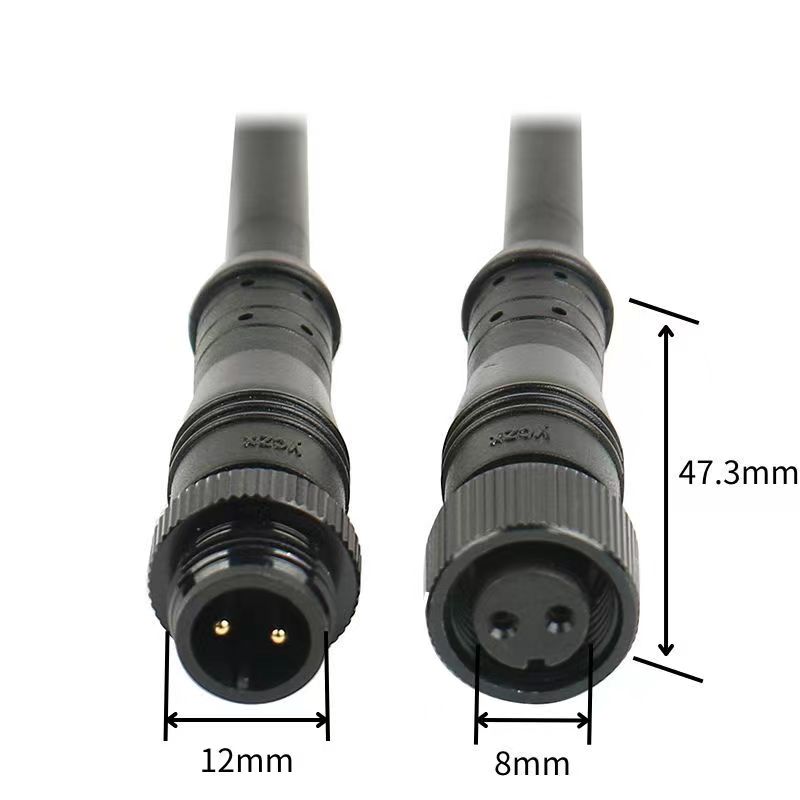
In the early 20th century, electrical connections were predominantly exposed and vulnerable to environmental elements. As industries expanded, there was a growing need for reliable outdoor electrical connections, particularly in sectors like mining and railways.
2. Rubber and Sealant Solutions:
Early attempts at waterproofing electrical connections involved wrapping them in insulating materials such as rubber and sealing them with tar or other sealants. While somewhat effective, these methods were often bulky, cumbersome, and prone to deterioration over time.
3. Development of Watertight Connectors:
In the mid-20th century, the development of watertight connectors began to address the need for more reliable outdoor electrical connections. These connectors featured improved sealing mechanisms and ruggedized construction to withstand exposure to moisture, water, and dust.
4. Military and Aerospace Applications:
During World War II and the Cold War era, waterproof connectors gained prominence in military and aerospace applications where reliability and durability were critical. These connectors underwent rigorous testing and were designed to meet stringent environmental and performance standards.
5. Standardization and IP Ratings:
The establishment of international standards, such as the Ingress Protection (IP) rating system by the International Electrotechnical Commission (IEC), provided a framework for classifying and rating the degree of protection provided by enclosures against intrusion from solids and liquids. Manufacturers began designing waterproof connectors with specific IP ratings to meet the needs of various industries and applications.
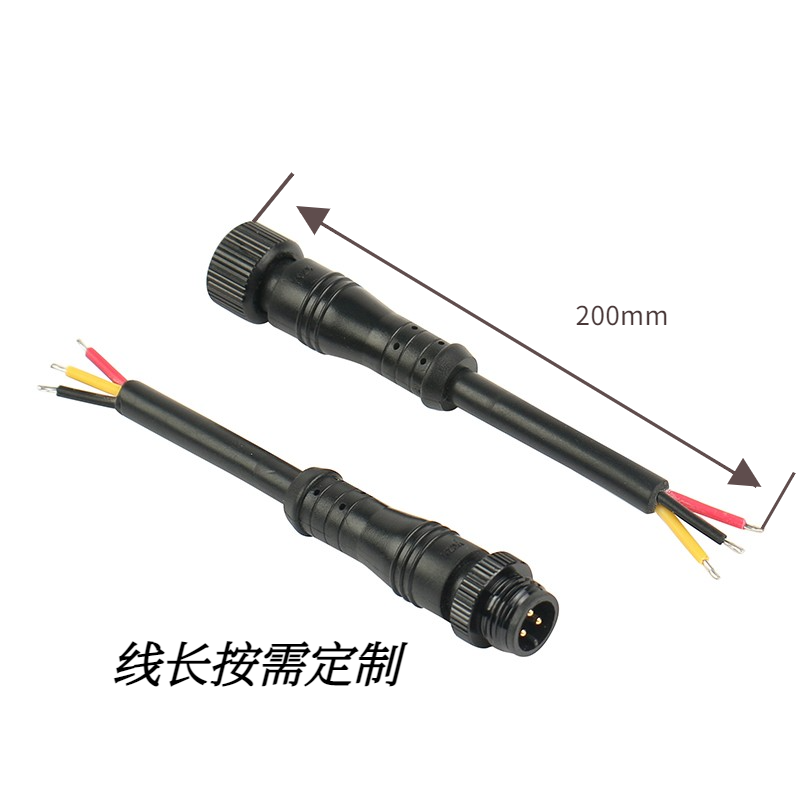
6. Advancements in Materials and Manufacturing:
With advancements in materials science and manufacturing processes, waterproof connectors evolved to incorporate specialized materials such as thermoplastics, elastomers, and corrosion-resistant metals. Injection molding and CNC machining techniques enabled the production of complex connector designs with precise sealing features.
7. Expansion into Consumer Electronics:
As consumer electronics became more prevalent in outdoor and recreational activities, waterproof connectors found applications in products such as waterproof cameras, smartphones, and portable electronics. These connectors enabled users to use their devices in wet or harsh environments without compromising performance.
8. Integration of Sealing Technologies:
Over time, manufacturers integrated advanced sealing technologies such as O-rings, gaskets, and compression seals into waterproof connectors to enhance their waterproofing capabilities. These seals provided an additional layer of protection against water ingress and environmental contaminants.
9. Miniaturization and High-Speed Data:
With the miniaturization of electronic devices and the proliferation of high-speed data transmission, waterproof connectors evolved to support smaller form factors and higher data rates while maintaining waterproofing integrity. Connectors designed for applications such as underwater robotics, medical devices, and industrial automation emerged to meet specialized requirements.
10. Continued Innovation and Customization:
Today, the evolution of waterproof power connectors continues with ongoing innovations in materials, design, and technology. Manufacturers are focused on developing customizable solutions tailored to specific industry needs, such as renewable energy, electric vehicles, and outdoor infrastructure, driving further advancements in waterproof connector technology.
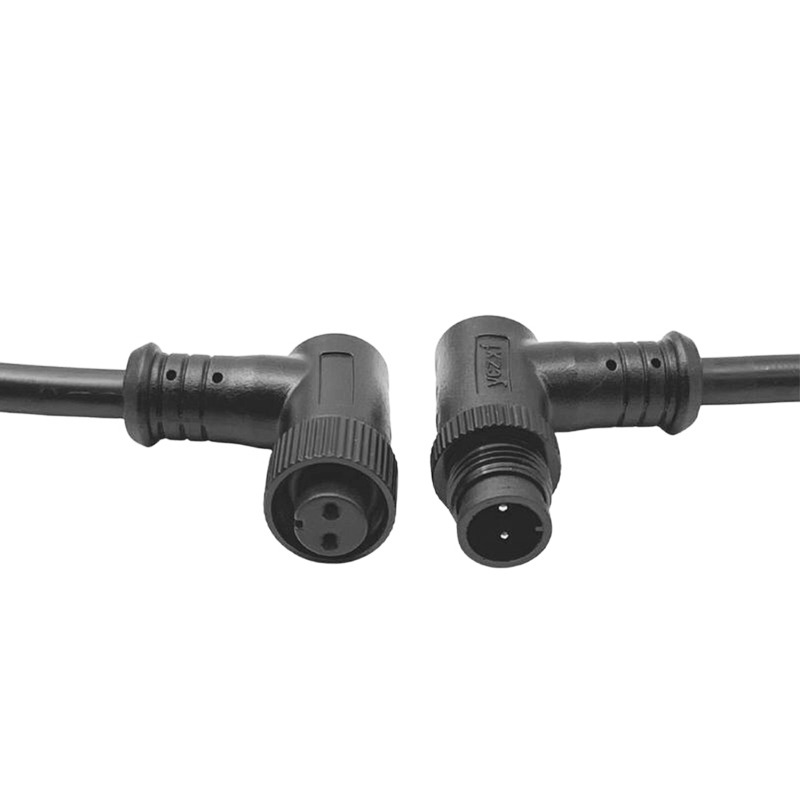
The design and construction of waterproof power connectors involve several key considerations to ensure reliable performance in challenging environments. Here are the essential aspects of their design and construction:
1. Materials Selection:
Choosing the right materials is crucial for the construction of waterproof power connectors. Materials should be durable, corrosion-resistant, and able to withstand exposure to moisture, chemicals, UV radiation, and temperature variations. Common materials used include stainless steel, brass, aluminum, and various thermoplastics such as polyamide (PA), polypropylene (PP), and polyvinyl chloride (PVC).
2. Sealing Mechanism:
The sealing mechanism is critical for preventing water and contaminants from entering the connector. This typically involves the use of gaskets, O-rings, or compression seals made from rubber or silicone. The seals should provide a tight and reliable seal even under pressure and temperature fluctuations.
3. Connector Housing Design:
The housing of the connector should be robust and designed to withstand mechanical stress, impact, and environmental hazards. It should also incorporate features such as strain relief and cable clamps to prevent damage to the electrical connections and cables. Additionally, the housing may include locking mechanisms to ensure secure mating and prevent accidental disconnection.
4. IP Rating:
Waterproof power connectors are rated according to the Ingress Protection (IP) standard, which classifies the degree of protection provided against solid objects and liquids. The IP rating consists of two digits, with the first digit indicating protection against solids and the second digit indicating protection against liquids. For example, an IP67-rated connector offers complete protection against dust ingress (6) and can withstand immersion in water up to 1 meter depth for 30 minutes (7).
5. Contact Design:
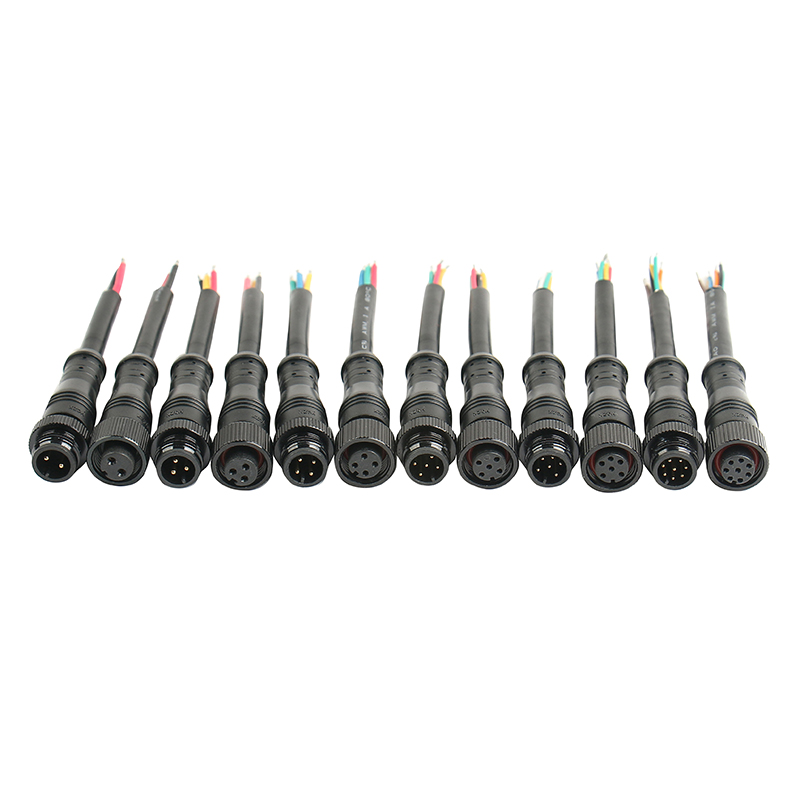
The design of the electrical contacts plays a crucial role in ensuring reliable power transmission and signal integrity. Contacts should be gold-plated or made from corrosion-resistant materials to minimize contact resistance and ensure long-term reliability. Additionally, connectors may feature multiple contact points or redundant pathways to mitigate the effects of corrosion and ensure uninterrupted power delivery.
6. Cable Termination:
Proper cable termination is essential for maintaining waterproofing integrity. Connectors may feature solder cups, crimp contacts, or screw terminals for attaching cables securely. Additionally, cable glands or strain relief mechanisms may be incorporated to provide additional support and prevent cable pullout or strain on the electrical connections.
7. Testing and Certification:
Waterproof power connectors should undergo rigorous testing to verify their waterproofing performance and compliance with industry standards and regulations. Testing may include immersion testing, pressure testing, thermal cycling, and mechanical stress testing to simulate real-world operating conditions. Certification from reputable organizations such as UL, CE, or IEC provides assurance of quality and reliability.
By carefully considering these factors during the design and construction process, manufacturers can create waterproof power connectors that meet the demanding requirements of various industries and applications, providing reliable electrical connections in harsh and challenging environments.
Future trends and innovations in waterproof power connectors are likely to focus on enhancing performance, miniaturization, and integration with emerging technologies. We can anticipate advancements such as the use of nanotechnology for improved waterproofing, the development of compact and high-density connector designs to meet the demands of miniaturized electronic devices, and integration with smart technologies for remote monitoring and control.

Additionally, advancements in materials science may lead to the development of novel materials with superior durability, flexibility, and environmental resistance, enabling the creation of next-generation waterproof connectors capable of withstanding even more extreme conditions. Moreover, the adoption of standardized communication protocols and interfaces may facilitate interoperability and compatibility across diverse applications and industries, driving further innovation in waterproof power connector technology.
In conclusion, the evolution of waterproof power connectors has paved the way for reliable electrical connections in challenging environments across various industries. As demand continues to grow, there is a wide array of suppliers offering these essential components. However, for those seeking top-quality solutions with a commitment to innovation and customer satisfaction, YongChang stands out as a trusted partner.
With a reputation for excellence and a comprehensive range of products meeting diverse needs, YongChang is the go-to source for high-performance waterproof power connectors. Contact us today to explore our offerings and receive a competitive quote tailored to your requirements.